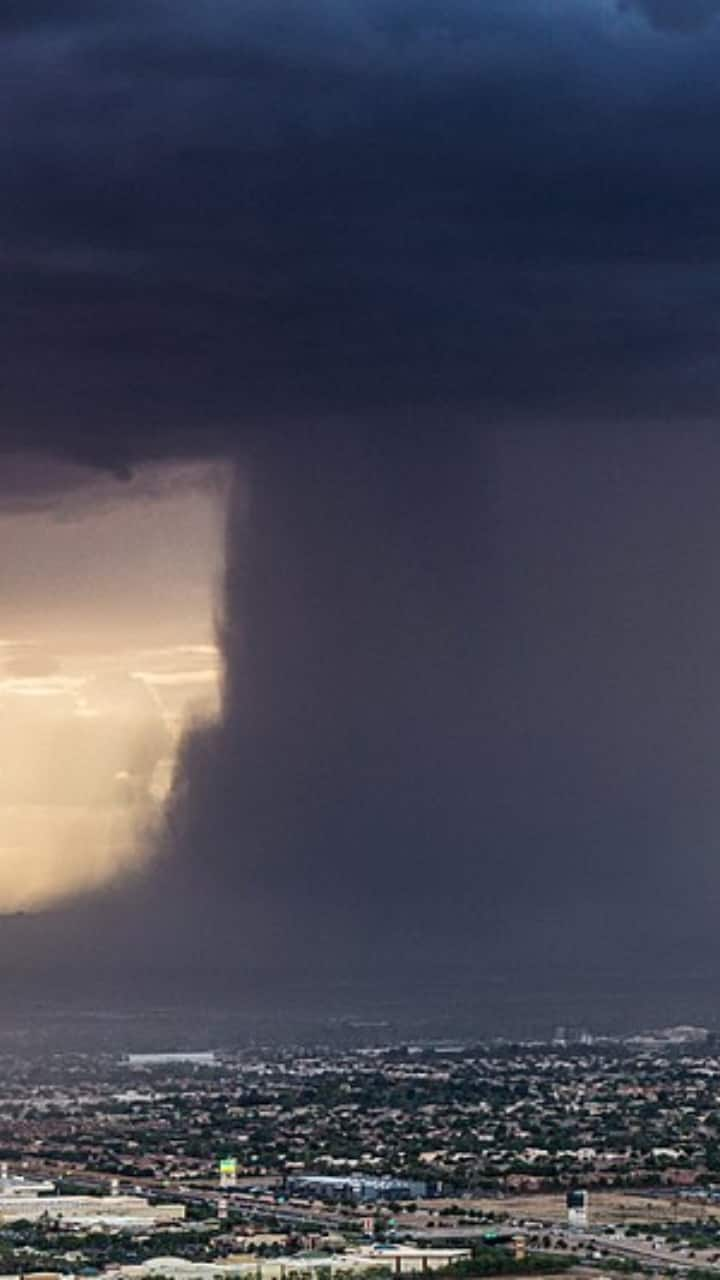
12 Essential Tips To Survive A Cloud Burst


Stay Informed
Keep abreast of weather forecasts and warnings. Early awareness is crucial for preparedness.

Emergency Kit
Prepare an emergency kit with essentials such as non-perishable food, water, first aid supplies, flashlights, and important documents. Ensure all family members know its location.

Evacuation Plan
Develop a clear evacuation plan with designated meeting points. Practice evacuation drills.

Community Communication
Stay connected with your community through local authorities, community groups, or social media. Information sharing is vital for collective preparedness and response.

Infrastructure Inspection
Regularly inspect your property for vulnerabilities to heavy rainfall. Reinforce weak points to prevent water ingress.

Secure Valuables
Elevate valuable items and important documents above potential flood levels. Consider waterproof containers for essential documents to prevent water damage.

Power Backup
Invest in a reliable power backup system such as a generator or uninterruptible power supply (UPS) to ensure essential appliances remain functional during power outages.

Communication Plan
Ensure everyone knows how to contact each other in case of separation during an evacuation.

Community Resources
Familiarize yourself with local community resources, such as emergency shelters, medical facilities, and helplines. Know where to seek assistance if needed.
Insurance Coverage
Review your insurance policies, especially those related to property and flood insurance.
Post-Burst Safety
After the cloudburst, exercise caution when returning. Check for structural damage and hazards. Avoid contact with floodwater, as it may be contaminated.
Mental Health Support
Recognize the emotional toll of a natural disaster. Seek support from friends, family, or counselling services to cope with the aftermath.
